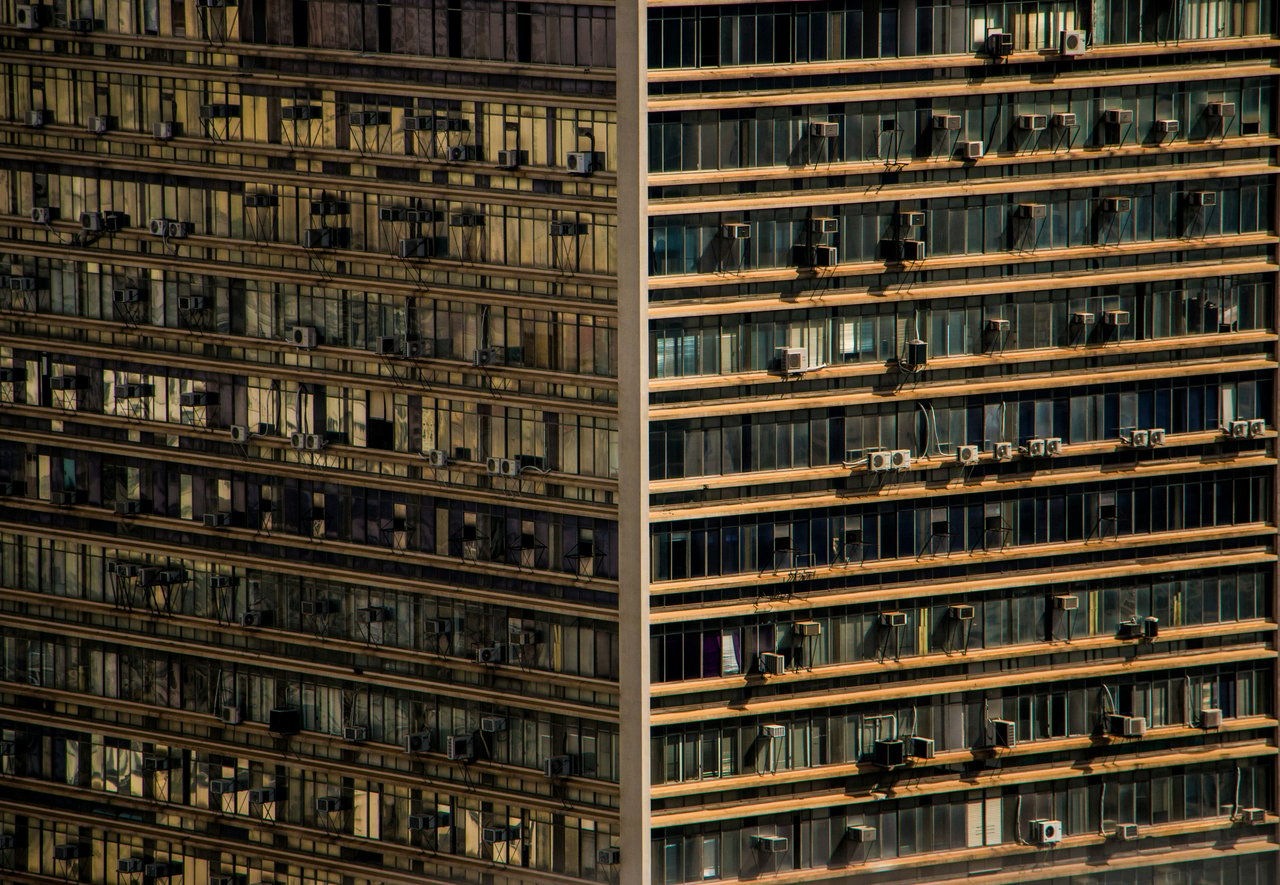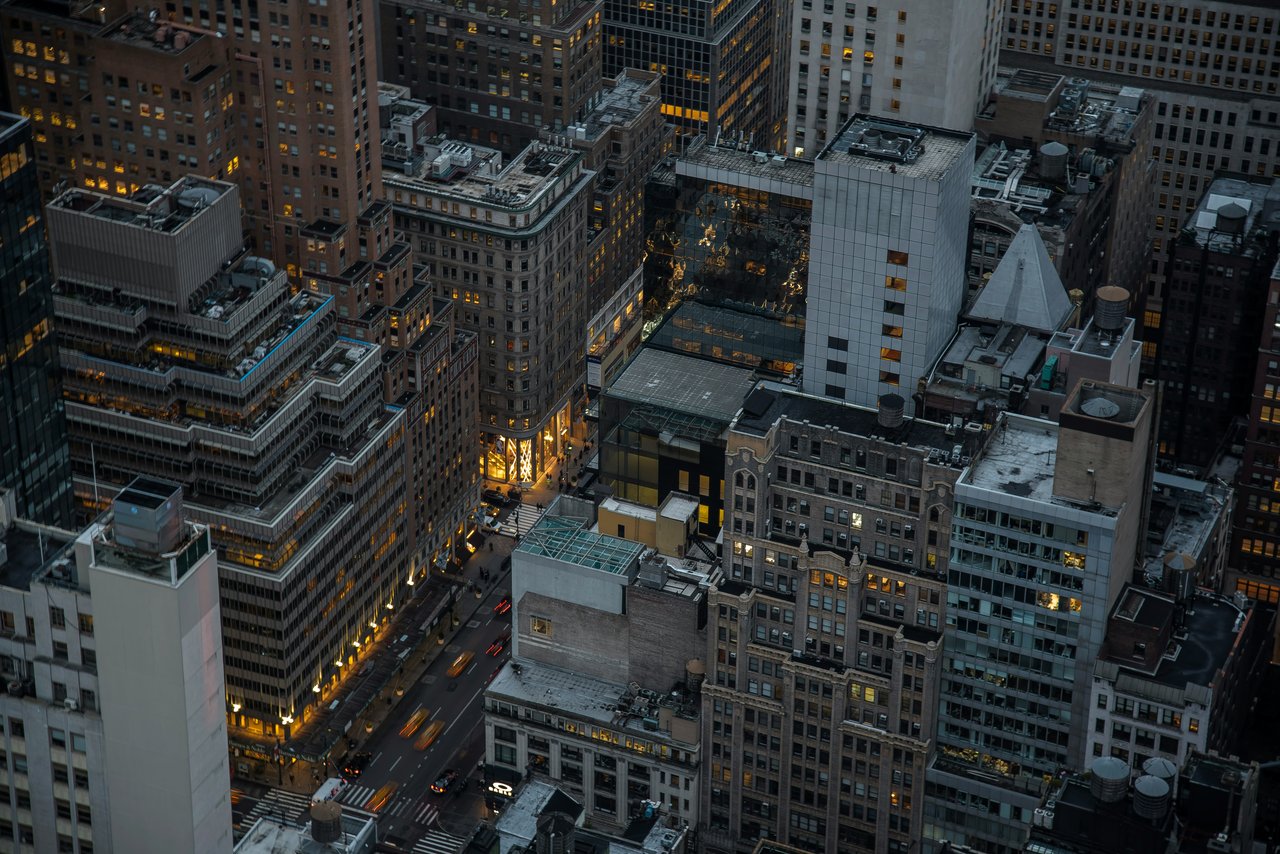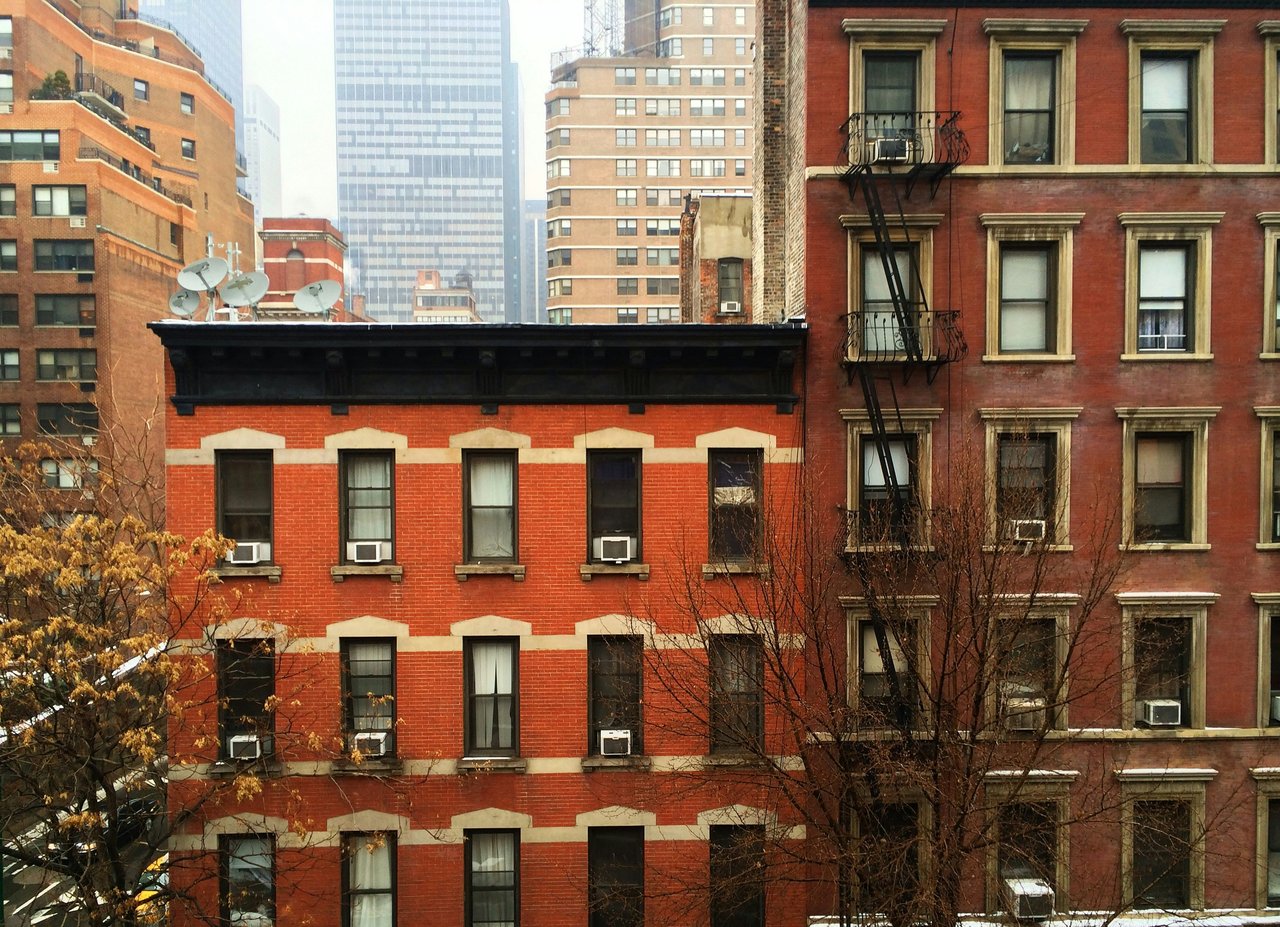Having lived in Bed-Stuy, I can confidently say there is no neighborhood quite like it. Bed-Stuy is more than just a collection of brownstones and subway lines. It’s a community deeply rooted in history, culture, and resilience, and that’s precisely why it holds such incredible long-term real estate value. Whether you’re a prospective homeowner or an investor thinking strategically, understanding the nuances between blocks can make all the difference.
This isn’t about trends. It’s about timeless value. In this guide, I’ll walk you through the best blocks in Bed-Stuy that continue to show strength and potential for the long haul. We’ll consider landmark appeal, transit proximity, and even future development indicators all from the lens of someone who knows these streets firsthand.
What Makes a Block Valuable in Bed-Stuy
Bed-Stuy is not a monolith. While the entire neighborhood has undergone significant transformation over the past two decades, block-by-block differences remain substantial. Some streets hold historic charm and consistent buyer demand. Others have seen recent development interest, while a few are positioned near transportation upgrades or commercial revival projects.
Before diving into specifics, here’s what generally drives long-term value in Bed-Stuy:
|
Factor |
Why It Matters |
|---|---|
|
Historic Landmark Status |
Maintains architectural charm and limits oversupply |
|
Proximity to Express Trains |
Offers easy commute to Manhattan and Downtown Brooklyn |
|
Future Zoning/Development |
Leads to appreciation through added amenities and services |
|
Neighborhood Character |
Strong community presence preserves property desirability |
|
School & Daycare Access |
Key for families considering a long-term primary residence |
Each of the blocks we’ll cover excels in at least one or more of these categories. Some shine due to architectural continuity, others because of their relative affordability, and a few due to upcoming projects and urban planning efforts.
Jefferson Avenue: Bed-Stuy’s Residential Crown Jewel
When I first walked down Jefferson Avenue, it felt like stepping into a living postcard. The blocks within the Stuyvesant Heights Historic District, particularly between Malcolm X Boulevard and Stuyvesant Avenue, offer an unmatched sense of cohesion and pride.
This area features century-old brownstones, some restored to pristine condition and others respectfully maintained by families who have lived there for generations. It’s a block where stoop culture thrives and where each home contributes to a unified streetscape.
Why Jefferson Holds Long-Term Value
Jefferson’s inclusion in the landmark district protects its historic integrity. This designation limits developers from making drastic architectural changes, helping ensure that the aesthetic appeal of the street is preserved. Buyers here aren’t just acquiring property. They’re buying into a legacy.
The area also benefits from being just minutes from the Utica Avenue A and C express trains, offering a quick commute to Manhattan. Cafes, small boutiques, and community spaces continue to appear nearby, but always with a sense of balance and scale.
Putnam Avenue: Quietly Commanding Attention
Putnam Avenue is less celebrated than some of its sibling streets, but those in the know have long seen its potential. Especially in the stretch between Tompkins and Throop Avenues, the block offers a rich mix of historic architecture and understated charm.
Unlike more gentrified corridors, Putnam retains a quiet residential character. You’re less likely to find flashy renovations here, and more likely to see families tending to their front gardens and neighbors chatting across fences.
Key Drivers of Growth
Putnam is located near multiple transit options, including both the A/C and J/Z lines. That puts you within a 30-minute train ride to Lower Manhattan while remaining tucked into a residential pocket that feels miles away from city noise.
Recent attention from small-scale developers suggests Putnam is on the cusp of more visible transformation. Expect a handful of tasteful restorations over the next several years, increasing property values without displacing the street’s established identity.
Hancock Street: Classic Bed-Stuy Character
Hancock is one of Bed-Stuy’s most iconic streets. Known for its elegant brownstones and vibrant tree canopy, it offers the ideal intersection of historic charm and neighborhood convenience. If you asked me which block feels most quintessentially “Bed-Stuy,” I’d point you toward Hancock without hesitation.
The blocks between Lewis Avenue and Marcus Garvey Boulevard are especially noteworthy. With wide sidewalks, mature trees, and consistent architectural styles, these homes rarely stay on the market for long.
Community Amenities and Real Estate Strength
Hancock is a short walk to several of Bed-Stuy’s most beloved local establishments, including Saraghina, Peaches, and L’Antagoniste. Its location within the Stuyvesant Heights Historic District ensures that its core aesthetic will be preserved for years to come.
Real estate values here have shown strong resilience in both hot and cool markets. Unlike more speculative areas, Hancock enjoys steady demand from both investors and long-term homeowners.
Macon Street: The Underdog with Depth
Macon Street doesn’t always get the recognition it deserves, but savvy buyers have started to take notice. Its charm lies in its diversity. Some blocks are more transitional, while others, particularly between Lewis and Stuyvesant Avenues, are lined with beautifully maintained brownstones.
Macon offers the perfect opportunity for those looking to get in before prices climb significantly. It’s a street that still feels lived-in, with fewer spec homes and more generational properties.
Accessibility and Appreciation Potential
Located within walking distance of both the A/C and J trains, Macon has strong transit connectivity. It’s also adjacent to key retail corridors like Malcolm X Boulevard and Fulton Street, which continue to see thoughtful commercial growth.
With more new businesses appearing and several city-led streetscape improvement plans underway, Macon Street is positioned for future appreciation while retaining its character.
Decatur Street: Steady and Strategic
If you’re looking for value with room to grow, Decatur Street should be on your radar. It doesn’t have the immediate architectural polish of Jefferson or Hancock, but it makes up for that with potential and space.
Blocks between Malcolm X and Patchen Avenue are particularly appealing, with many two- and three-family properties available. These larger buildings provide flexibility for owner-occupants and investors alike.
A Smart Buy for Future Growth
Decatur is in proximity to schools, churches, and community centers, making it a practical choice for families. At the same time, smaller developers have begun investing in tasteful gut renovations, signaling confidence in the area’s upward trajectory.
It’s not the most glamorous block right now, but in five to ten years, it could be among the most competitive in Bed-Stuy.
Macdonough Street: Timeless Elegance Meets Cultural Legacy
Macdonough Street is one of those blocks where nearly every passerby pauses to admire the brownstones. Particularly between Lewis and Stuyvesant Avenues, it offers some of the most photogenic views in Brooklyn.
But beyond the aesthetics, Macdonough carries historical and cultural significance. This block was once a hub for Brooklyn’s Black middle class, with many families owning their homes for decades, passing them down from generation to generation.
Investing in Legacy
Macdonough’s homes are generally larger and more architecturally ornate than those on other blocks. Many feature bay windows, original moldings, and decorative stonework that would be prohibitively expensive to replicate today.
Buying here means investing not just in real estate but in legacy and cultural continuity. That carries value beyond what can be measured by price per square foot.
Clinton Hill Border: The Hybrid Advantage
While technically outside Bed-Stuy’s borders, the streets near Clinton Hill—specifically Madison Street and Monroe Street between Classon and Nostrand—offer the best of both worlds. You get the quiet, residential charm of Bed-Stuy with the retail convenience and school zoning benefits of Clinton Hill.
The proximity to Pratt Institute, boutique retail, and the G train enhances walkability and desirability. At the same time, property prices tend to be slightly lower than in prime Clinton Hill, offering a discount without much sacrifice.
Strategic Benefit for Buyers
For buyers with families or those who work in the creative industries, the Clinton Hill edge of Bed-Stuy is beautiful. The area is known for higher test scores in local public schools, more green space, and a neighborhood vibe that blends intellectualism with artistic flair.
Long-term, these factors create a value floor. Homes here are less likely to dip significantly during market downturns and tend to rebound quickly.
Development Projects Worth Watching
Long-term value isn’t just about what exists now. It’s about what’s coming. Here are several development and infrastructure projects poised to impact Bed-Stuy’s market in the coming years.
|
Project |
Impact on Value |
|---|---|
|
Restoration Plaza Revamp |
Will increase foot traffic and enhance retail appeal |
|
Fulton/Nostrand Corridor Plan |
More dining, better lighting, and improved safety |
|
CitiBike Expansion |
Increases mobility and draws younger renters/buyers |
|
School Modernization Projects |
Makes the area more attractive for families |
|
Affordable Housing Developments |
Will diversify buyer and tenant profiles |
Neighborhoods adjacent to these projects stand to benefit the most. For example, Hancock and Macon are within walking distance of Fulton Street’s evolving retail strip, while Decatur and Macdonough could see increased interest due to infrastructure improvements.
Choosing Between Investment and Primary Residence
Different blocks serve different goals. Here's a quick breakdown depending on your intent.
|
Objective |
Best Block Matches |
|---|---|
|
Buy-and-Hold Investment |
Decatur, Macon, Madison |
|
Primary Residence |
Hancock, Jefferson, Clinton Hill border |
|
Multifamily Potential |
Decatur, Macdonough, Putnam |
|
First-Time Buyer |
Putnam, Macon, select blocks of Monroe |
|
Long-Term Flip |
Jefferson, Hancock |
Each of these areas offers opportunities, but your goals should dictate your strategy. Do you want passive rental income? Or are you looking to raise a family in a beautiful home with great community ties?
Ready to Buy in Bed-Stuy? Here's What to Do Next
If you’ve fallen in love with Bed-Stuy as I did you’re not alone. The key is moving with intention. Visit these blocks. Talk to residents. Observe at different times of the day.
Keep your eyes not just on listings, but on what the city is investing in. Development maps, DOT projects, and school rezoning all of these offer clues about where value will build next.
And remember: even in a market as dynamic as Brooklyn, the fundamentals matter. Good bones, good neighbors, and good transit never go out of style.
If you’re ready to make a move or just want to start your search with clarity don’t hesitate to reach out. I’m happy to connect you with trusted agents, contractors, or even long-time homeowners who know these streets better than anyone.
Let your next chapter start on one of Brooklyn’s most storied blocks.



